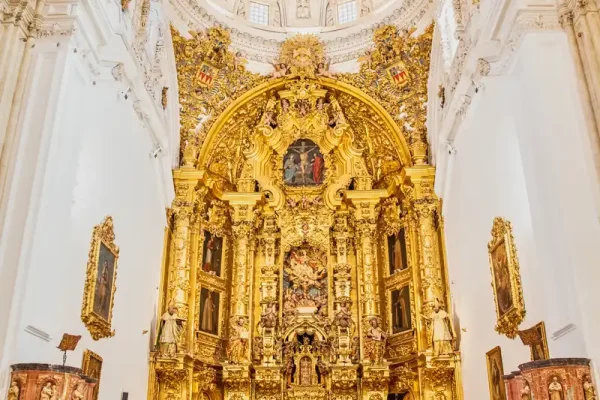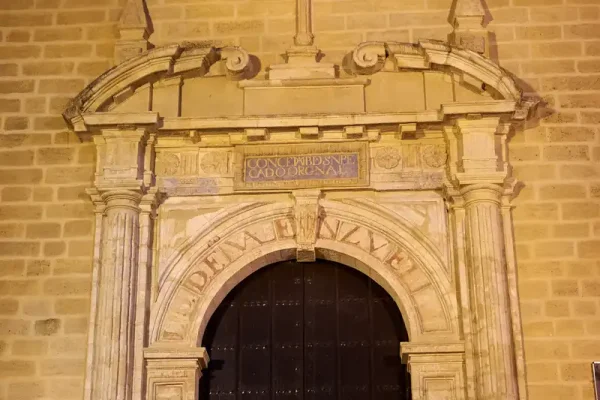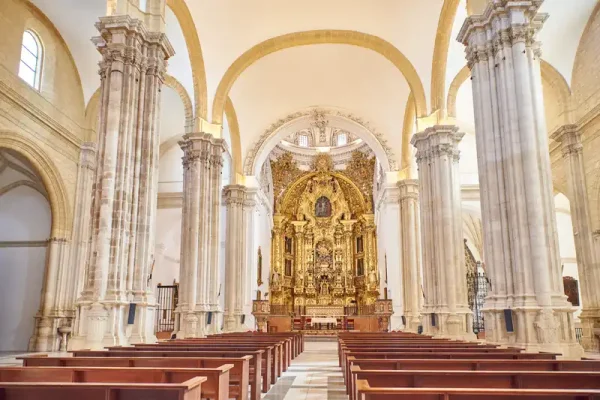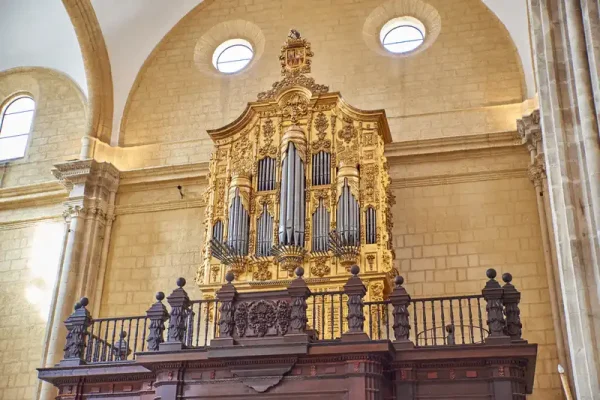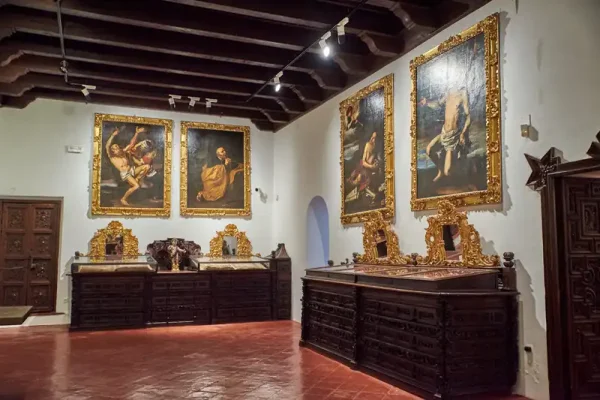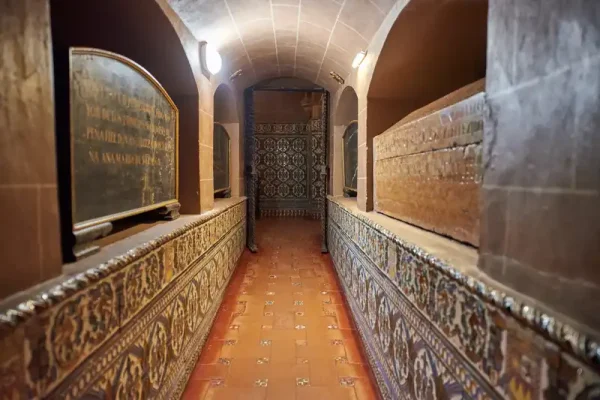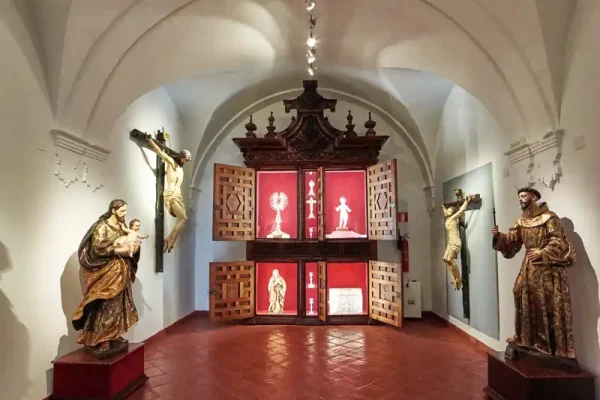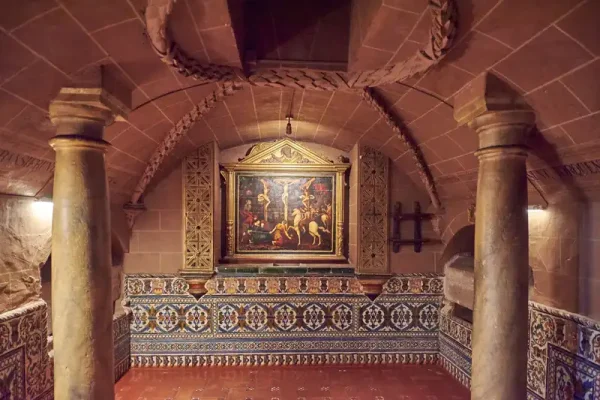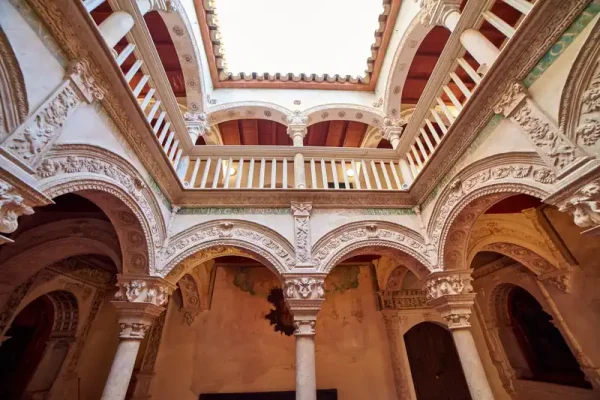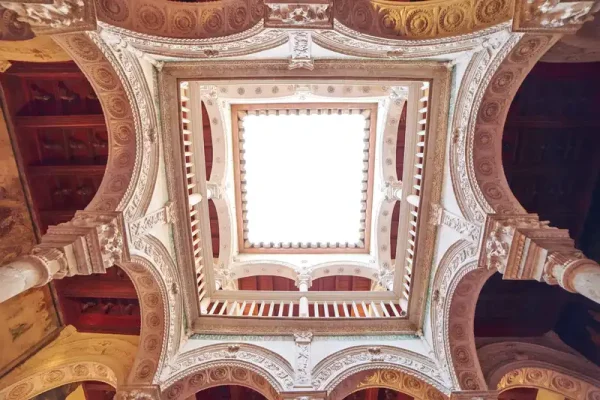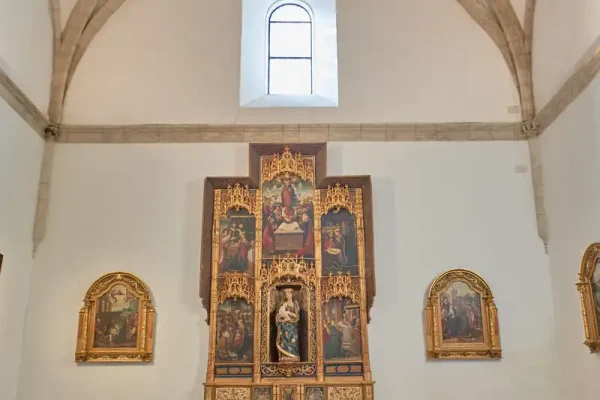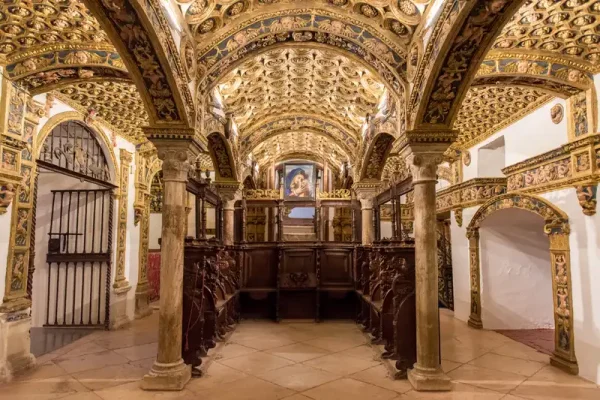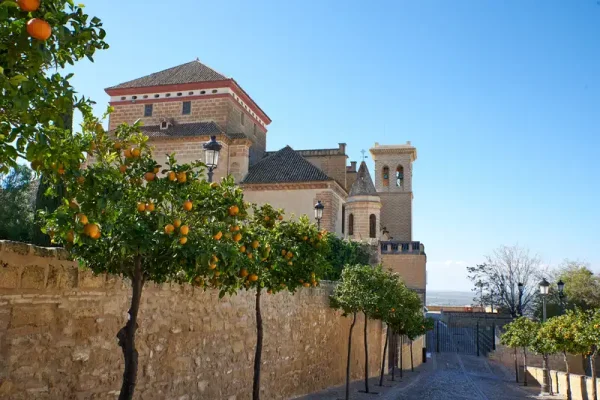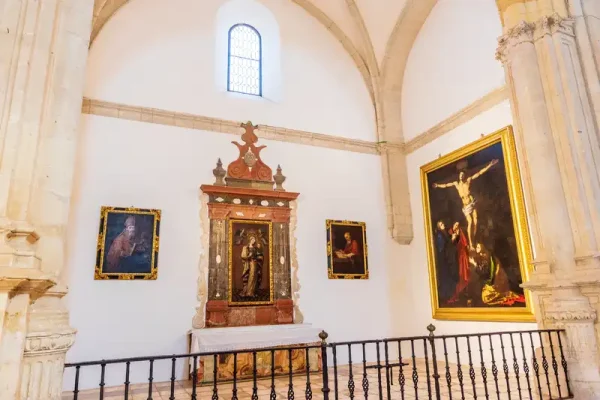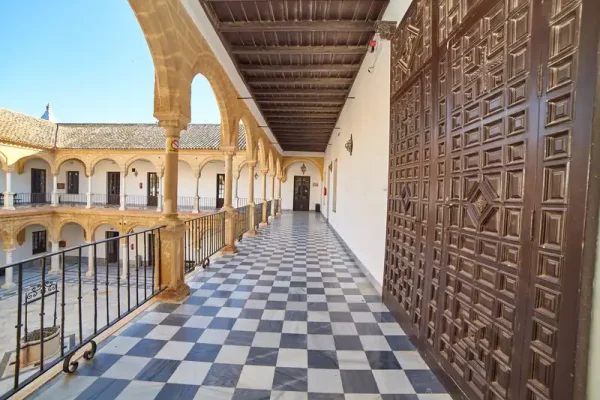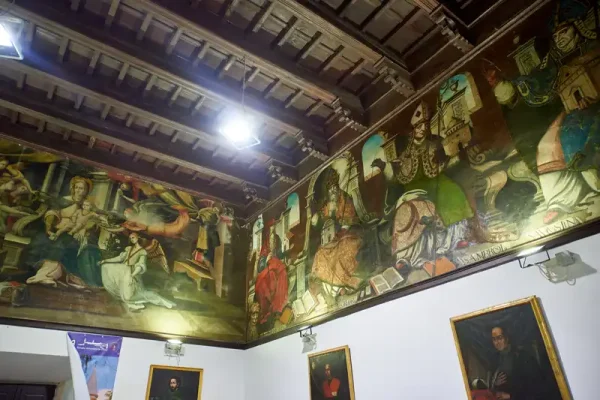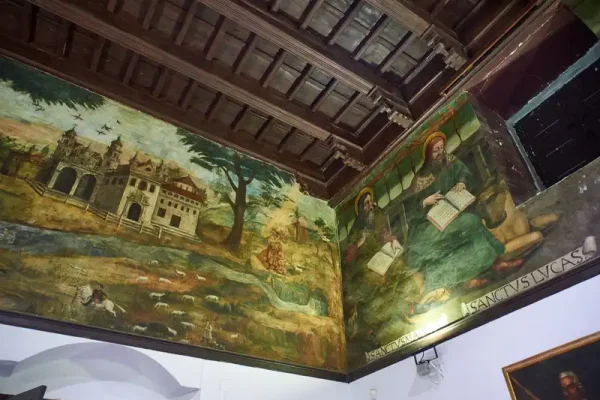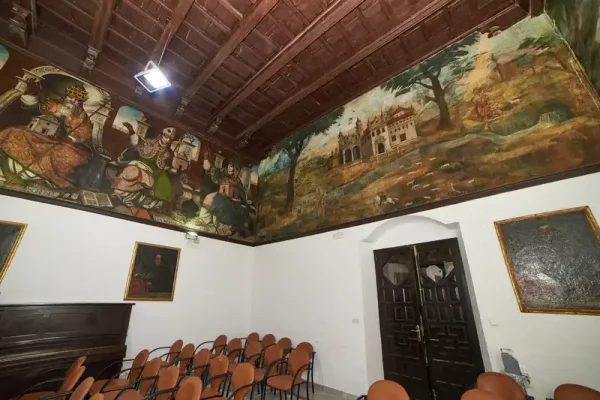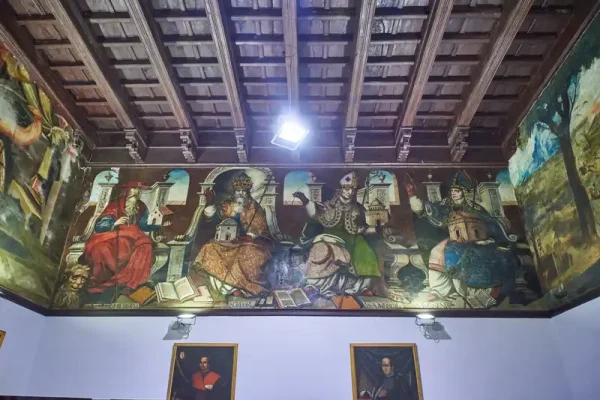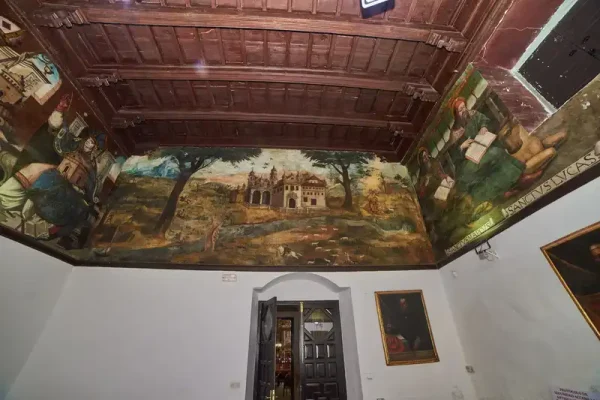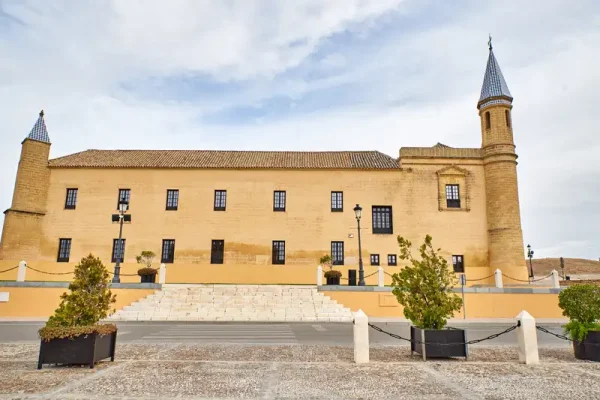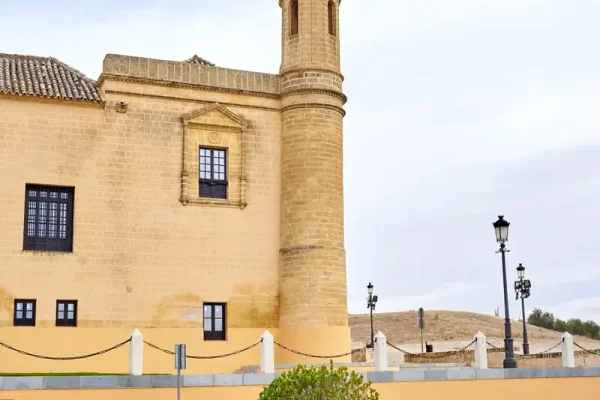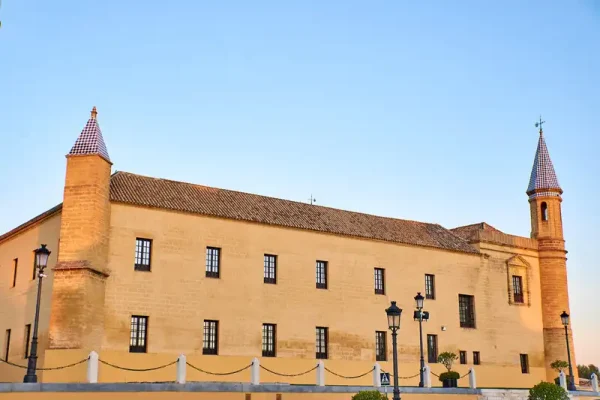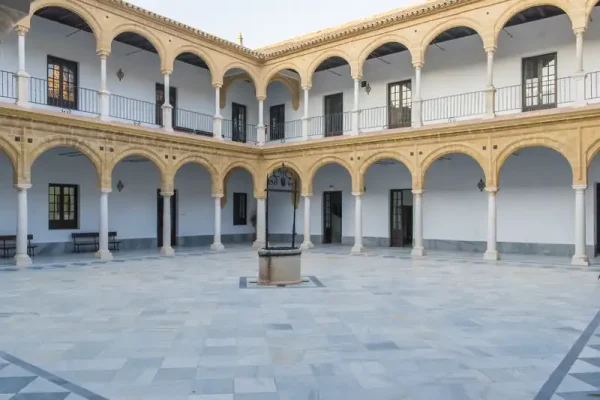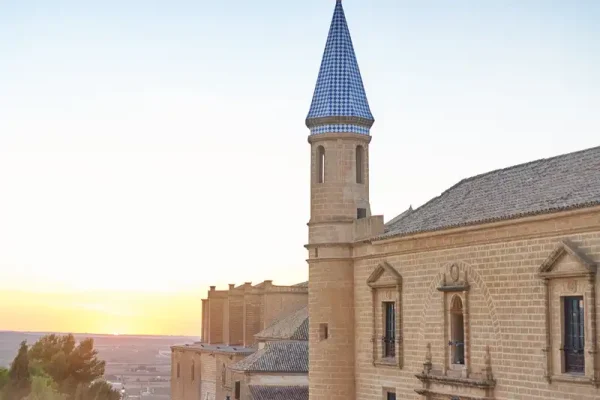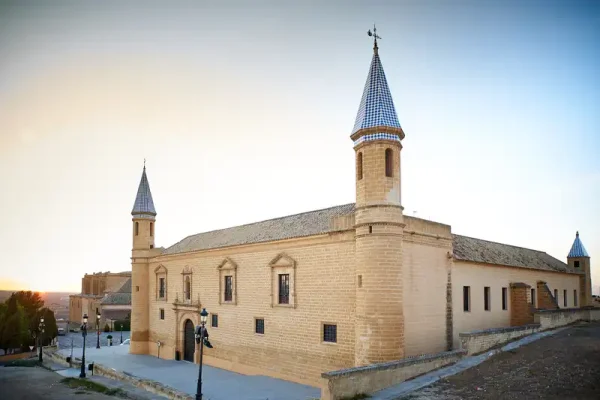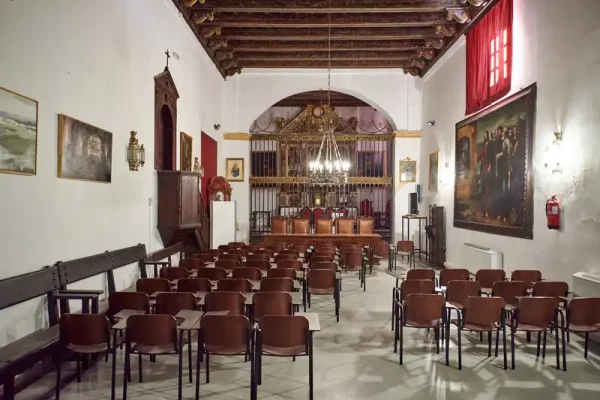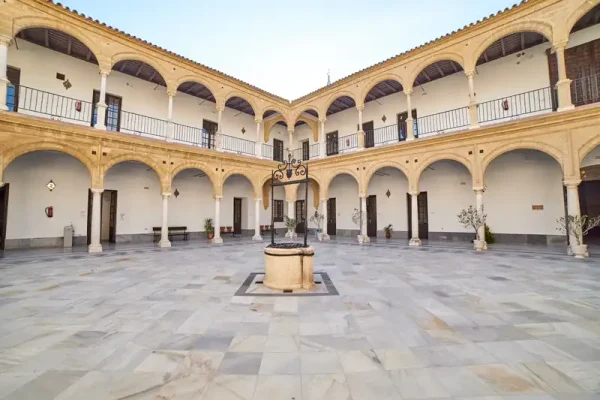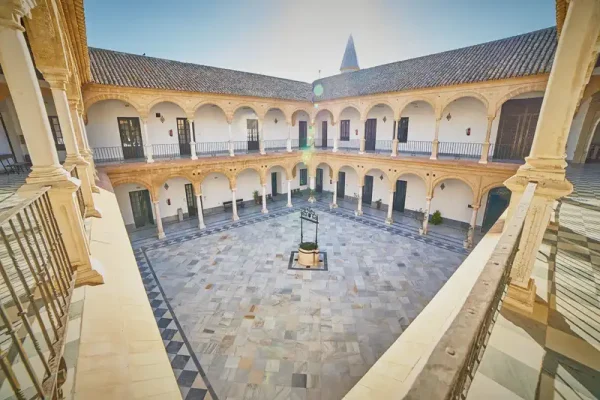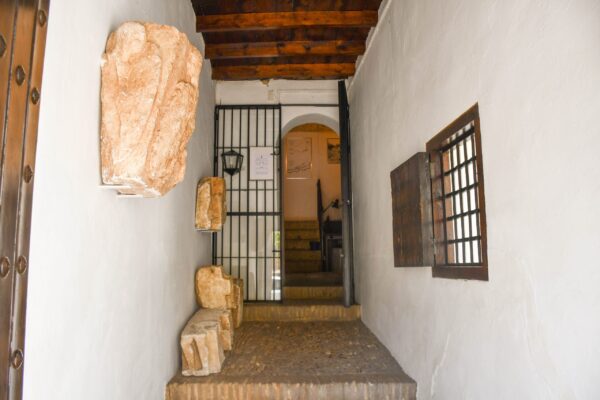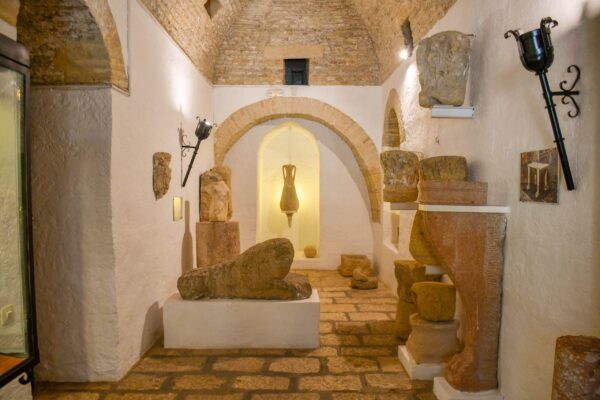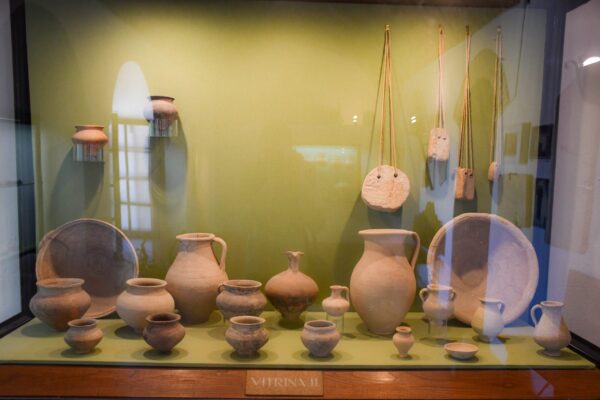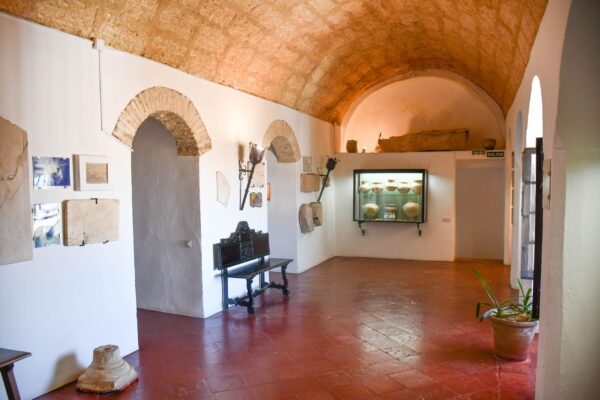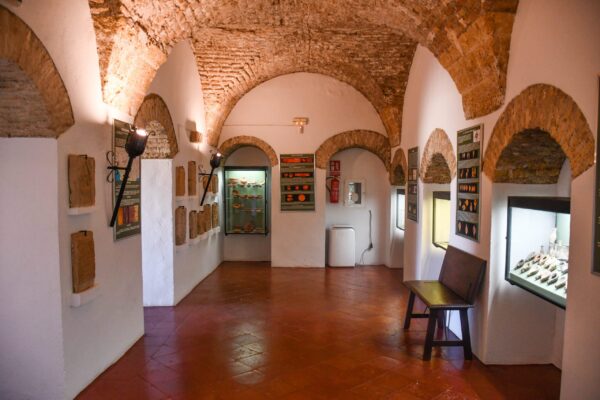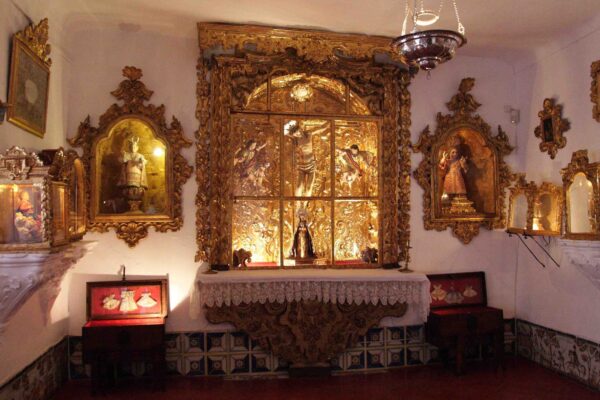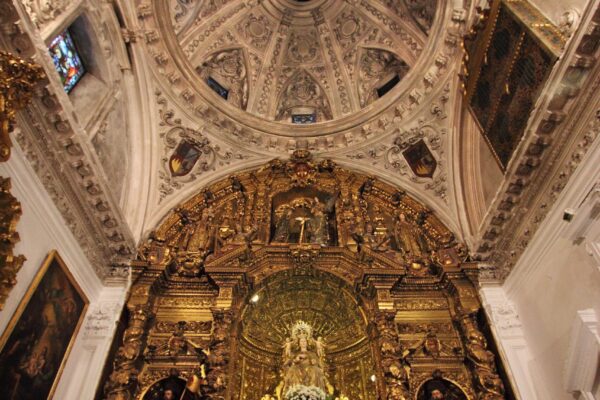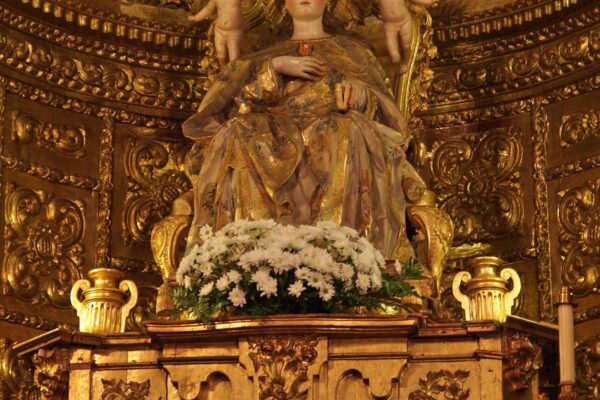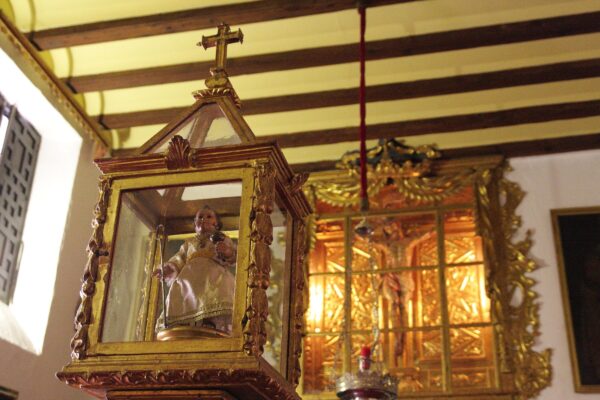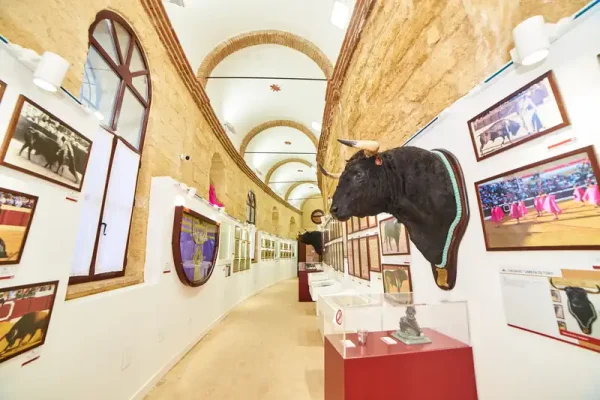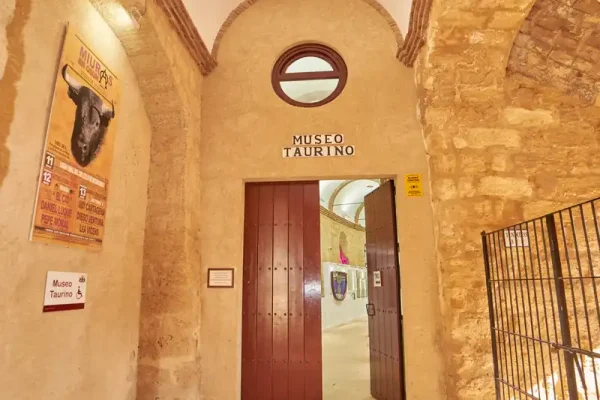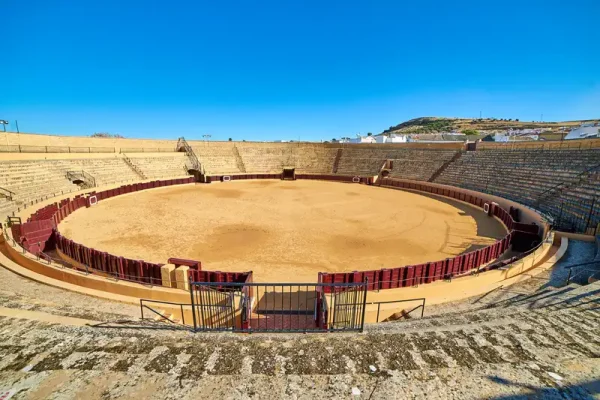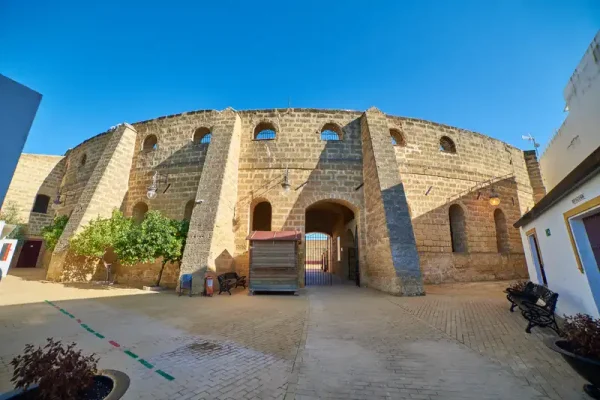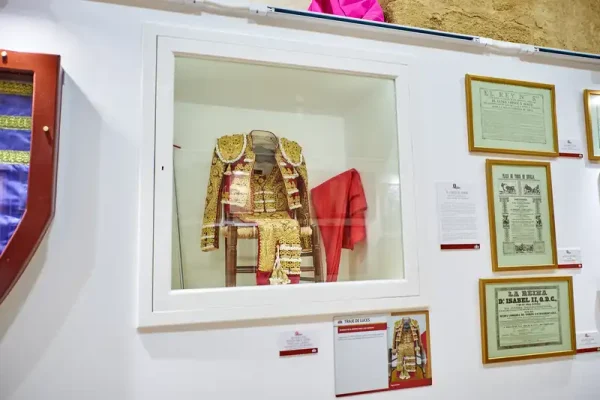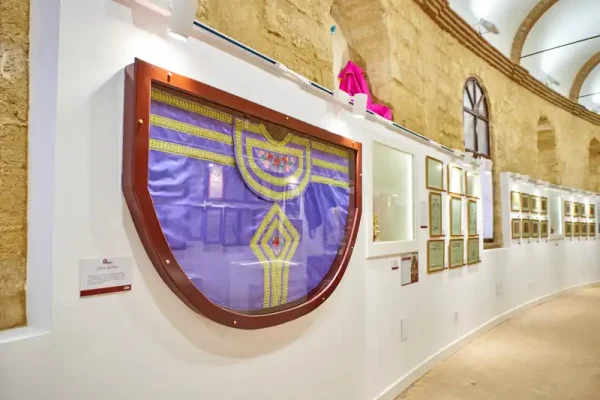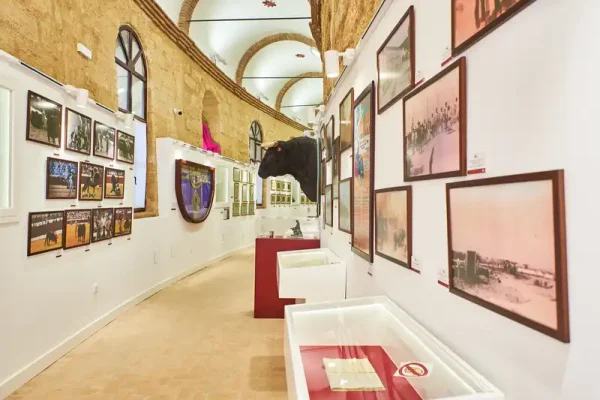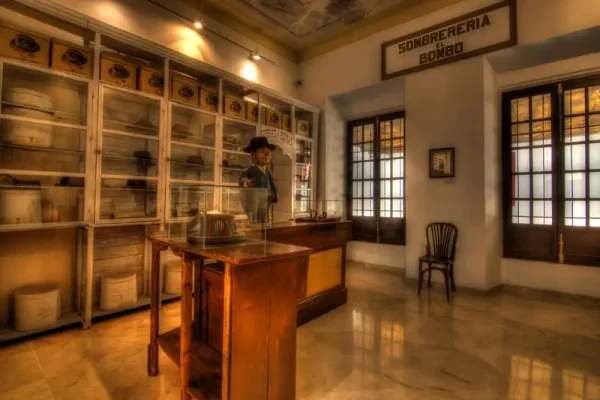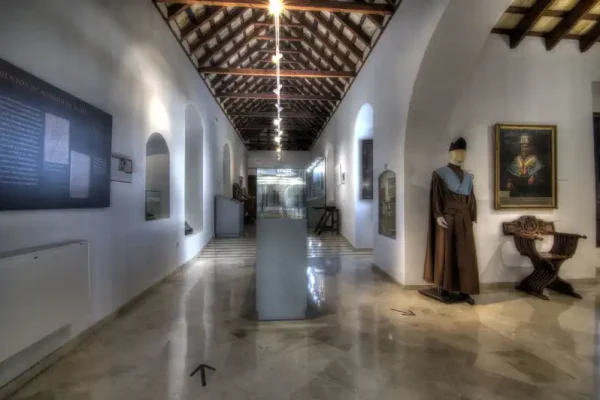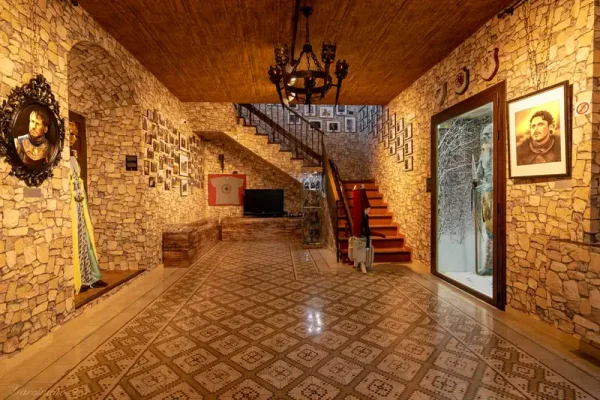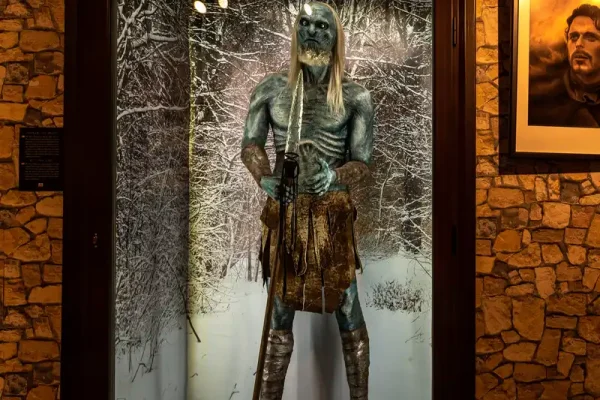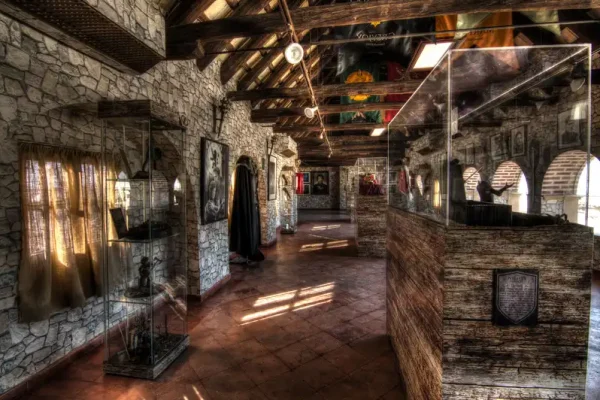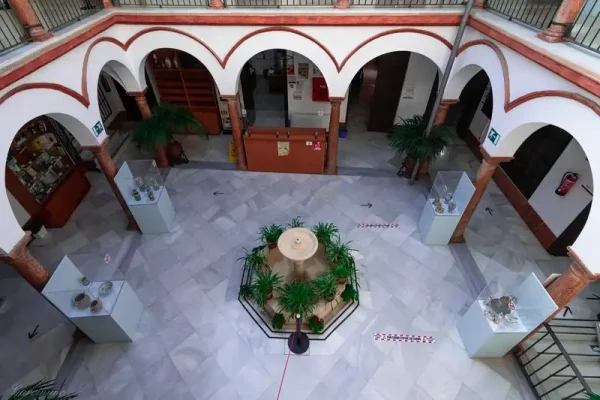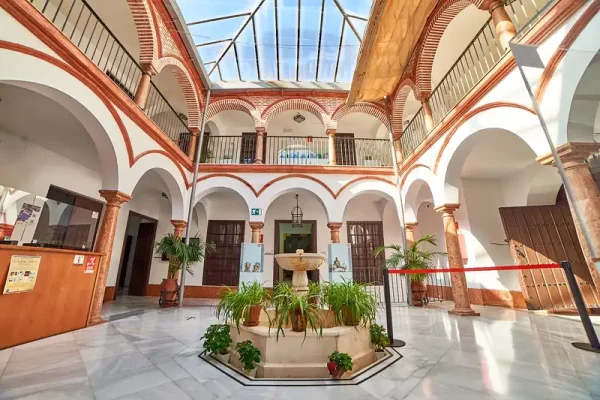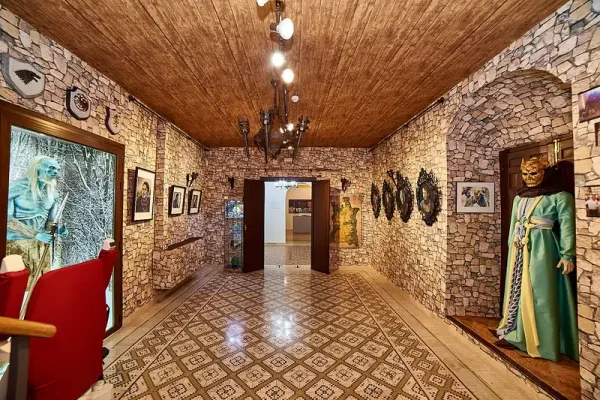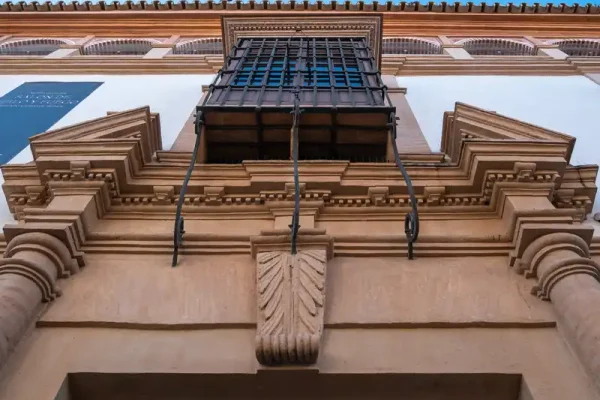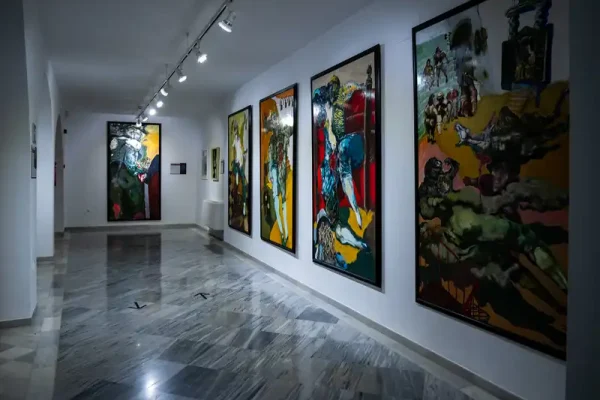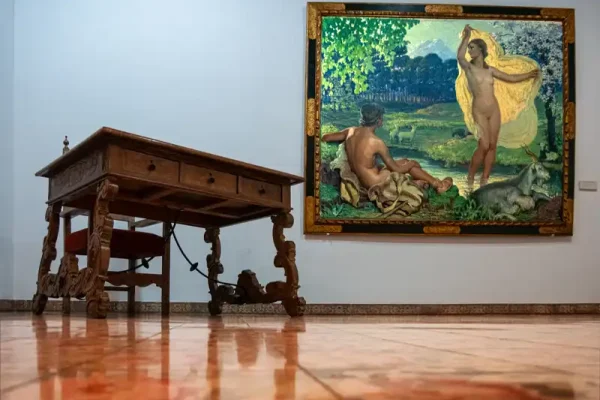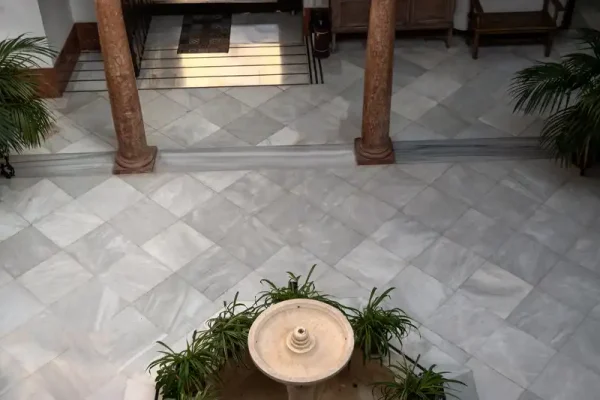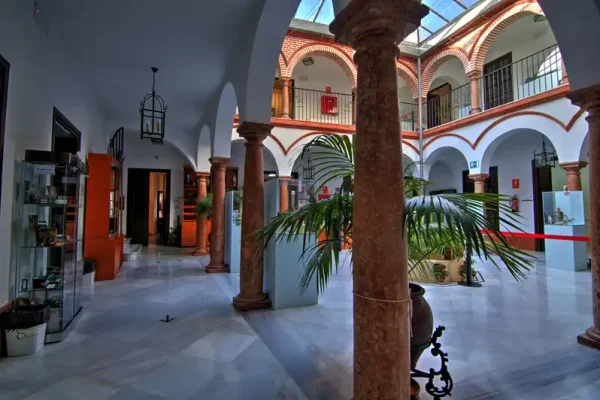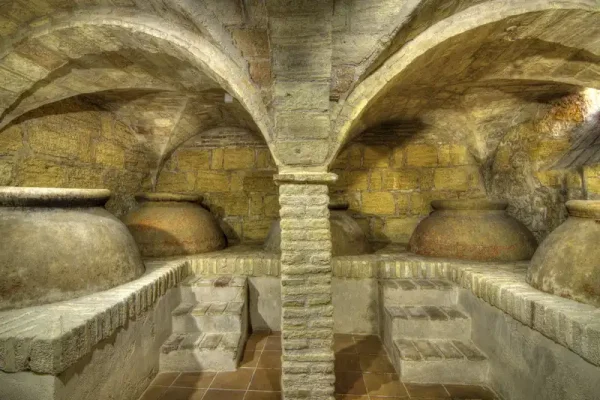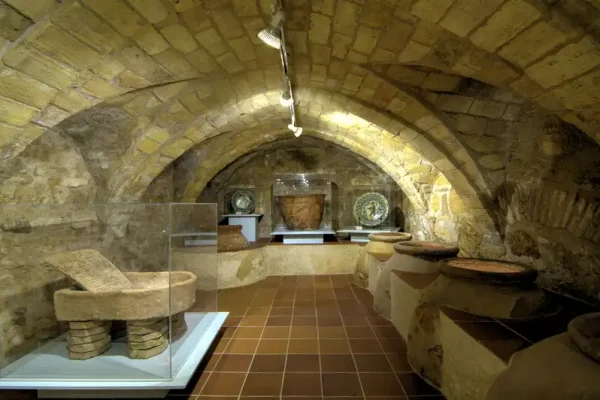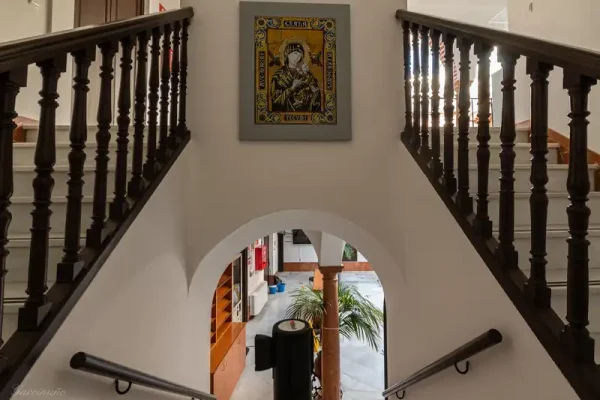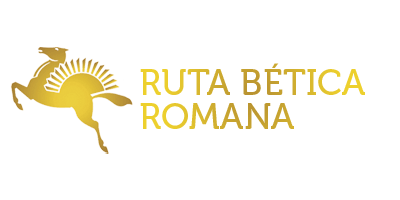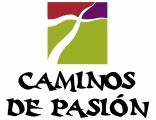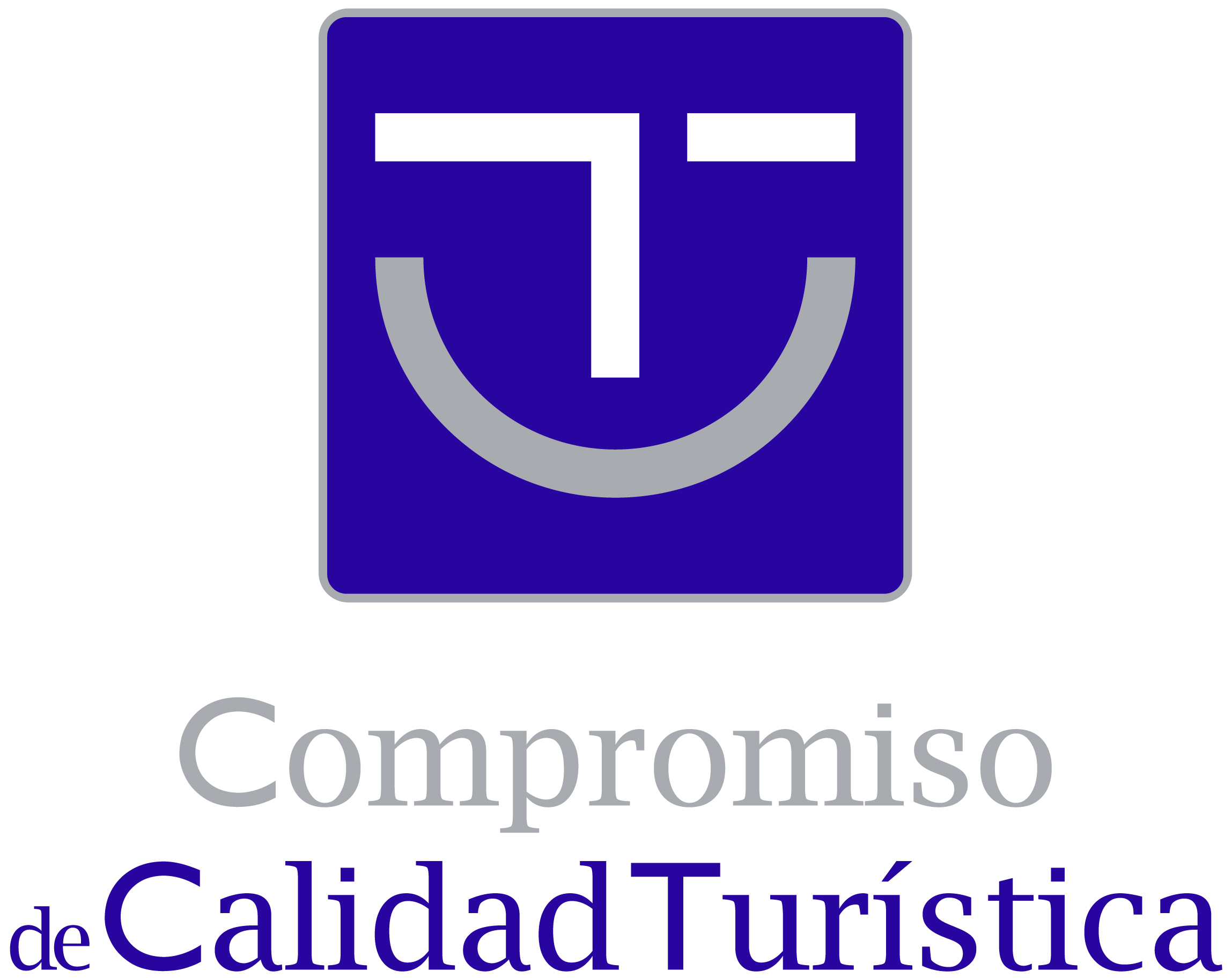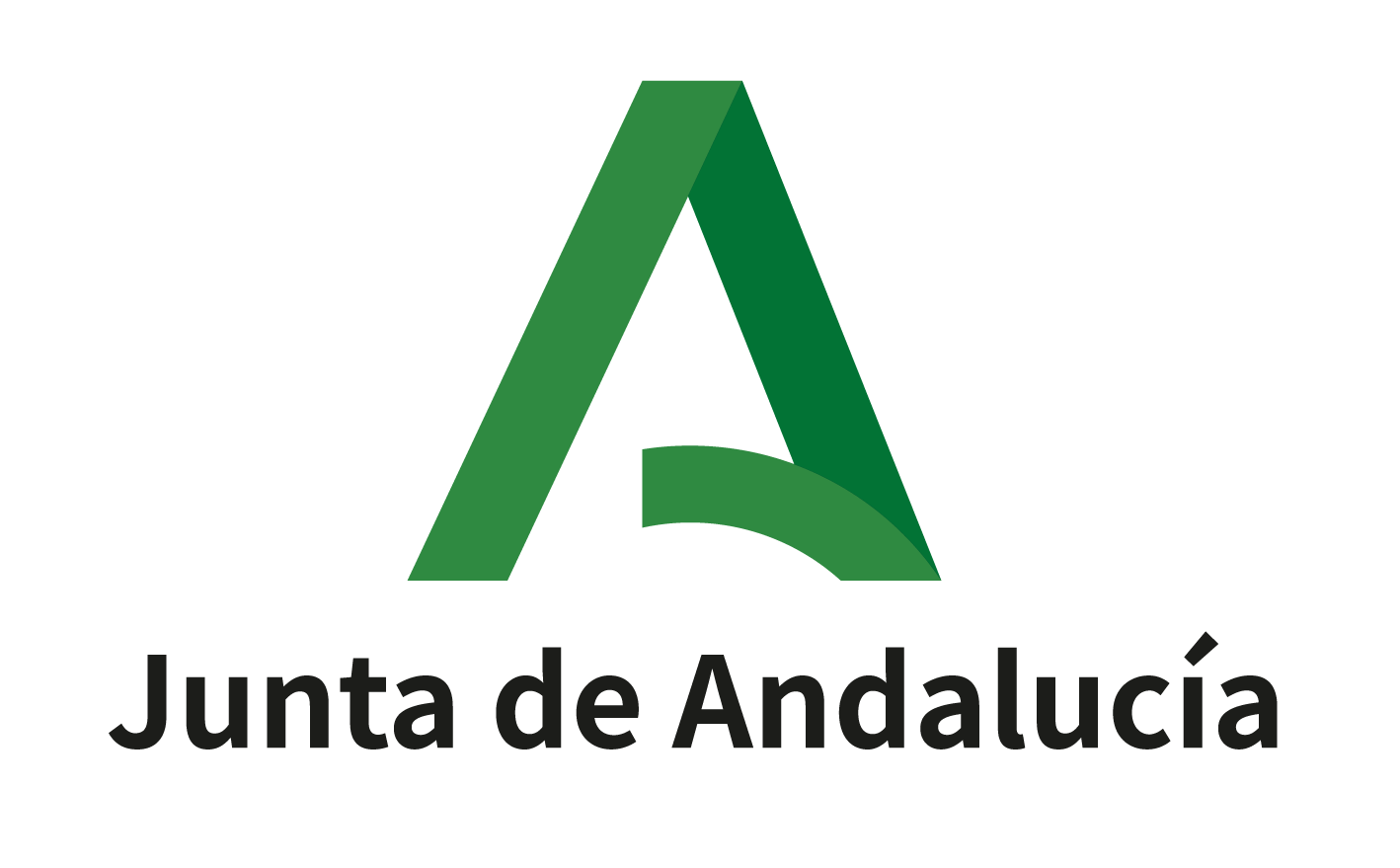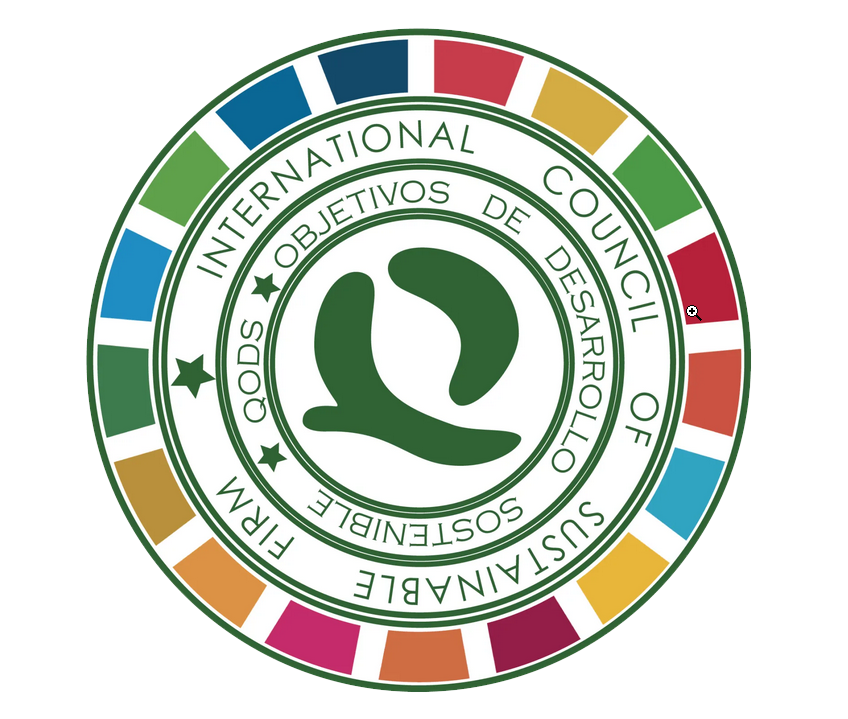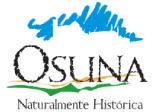


- SACRED ART MUSEUM. COLLEGIATE CHURCH
- THE FORMER UNIVERSITY
- ANDALUSIAN VINTAGE TOY MUSEUM
- ARCHAEOLOGICAL MUSEUM. TORRE DEL AGUA
- SACRED ART MUSEUM. CONVENT OF LA ENCARNACIÓN.
- BULLFIGHTING MUSEUM
- OSUNA MUSEUM
SACRED ART MUSEUM. COLLEGIATE CHURCH
You can access the inside of the Collegiate through the small courtyard of the Pantheon of the Dukes of Osuna or Saint Sepulchre, which was built between 1544 and 1555, and it is one of the most beautiful works of Spanish Renaissance. On the floor below, the arches are separated by ionic pilasters of plateresque inspiration. On the walls there are paintings belonging to the 16th century, with the Lord´s Supper as the central motif.
Passing through the courtyard, we access the sacristy of the pantheon which is small and decorated in plateresque style and covered by a green and gold polychrome coffered ceiling.
From the sacristy you can access to the chapel of the virgin de la Granada which is attributed to Guillén Ferrant, exceptional piece of 16th century.
The pantheons are built under the Collegiate and the chapel of Saint Sepulchre. It consists of several rooms or chapels, such as Saint Marcos, Nuestra Señora del Reposo or Belén and chapel of Calvario or De Profundis.
You can access the Museum through a door in plateresque style made in mid 16th century. Their rooms are: the former sacristy and the attached ones.
The inside preserves works of a great importance, such as pictures made by important artists from the 16th and 19th centuries.
Among the most relevant pictures we can highlight Saint Jerónimo and the Ángel del Juicio, Martirio de Saint Sebastián and Martirio of Saint Bartolomé, all of them realized by José de Ribera “El Españoleto” in the 17th century.
THE FORMER UNIVERSITY
Thanks to the bull “In Supereminenti Apostolicae Sedis” granted by the pope Paulo III on 10 October 1548, the creation of a general study was authorizated in Osuna under the patronage of Pura y Limpia Concepción de la Virgen María due to the special devotion of the founder towards the virgin.
In a rectory document of 1820 this building received the name “Colegio Mayor y Universidad Literaria de la Inmaculada Concepción de Nuestra Señora”.
Mr. Juan Téllez Girón, IV count of Ureña and father of the first duke of Osuna, authorized the creation of a university following the models of Alcalá de Henares. His purpose was to allow students to obtain degrees with the same validity as those of “Bolonia, Salamanca, Alcalá de Henares and other general studies”.
This university had pontifical recognition and not real recognition. In his testament, the founder encouraged his son, future first Duke of Osuna, to achieve the real recognition but there is no data about it. However, at the entrance of the building a large inscription which proclaims it can still be seen on the left wall. The same thing happened in other minor universities such as Almagro, Sevilla, etc.
The chapel of the building was blessed by Mr. Sancho Trujillo on 8 December 1548, Bishop of Morocco and canon of the Cathedral of Seville, who was also first college.
The building was financed by the mentioned count, whose family was among the richest ones of Spain. It was the headquarter of fifteen greater and eight minors chairs surrounding the faculties of Theology, Law, Medicine and Arts.
The faculty of Theology was the most popular one since its foundation. We must not forget that its aim, as the objective of Alcalá de Cisneros, was to form “a more dignified church of Christ”.
As the founder had very good relations with some specific religious orders – Dominicans, Augustine, Franciscans and Carmelites friars-, he sought to share all of the chairs among them.
The faculty of Medicine always provided with theoretical classes. During that period it was very popular and many important doctors such as Gudiel or Solano de Luque.
The faculty of Arts usually was working as its main purpose with the only innovation of the chair of Mathematics created by Felipe II.
Francisco Maldonado was its first rector (1549-1553), which leads to its current name: “University Francisco Maldonado” and “Diego Ramírez” who was the last one (1821).
The University of Osuna resisted until the reform of the Caballero minister in 1807, in which its function was abolished as other ten more Minor Universities such as Baeza University.
Although the formal suspension the university kept on working until the arrival of the French troops in 1810, in which the building was occupied and turned into a Gallic barracks. After the war it continued operating until 1824 in which it was definitely closed.
After some years without properly exercising its function, the University of Osuna has been functioning since 1993.
The main University headquarter is located in a majestic building belonging to the 16th century and it is comprised of an equipment completely adapted to the rules of the more modern universities centres.
The University is provided with an annex building placed some metres close to the main headquarter.
Among the services and advantages that the university offers we can highlight:
- Scholarship system.
- Transportation services subsidized up to 50%.
- Traineeship in a large number of companies.
- Reduced group of students.
The University of Osuna is associated with the University of Seville and it offers the degrees of Finance and Accounting, double Degree in Accounting and Finance + Labour Relations and Human Resources, Primary, Early Childhood Education, Physiotherapy, Nursing, Master degree and Master in Teaching of ESO, Bachiller, FP and Language Education.
For more information about the University School of Osuna, please click on the link below: www.euosuna.org
ANDALUSIAN VINTAGE TOY MUSEUM
Museum dedicated to childhood in the 70s and 80s with a permanent exhibition of more than 4,000 pieces, from toys to sticker albums, comics, etc.
Located in 25, Alfonso XII street.
Contact number: 657 34 87 99
ARCHAEOLOGICAL MUSEUM. TORRE DEL AGUA
This tower, bastion of the Almohad belt walls from 12th century, was restored in the 14th century by the knights of Calatrava, is the place where the archaeological museum is located currently.
The inside is comprised of four rooms, superimposed into two floors where you can contemplate the archaeological remains found in Osuna and some of it reproductions.
The prehistoric remains and the reproductions of the Iberian reliefs, found in Osuna at the beginning of the 20th century, can be contemplated in the first room; the original ones can be found in the National Archaeological Museum.
In the second room, you can find Iberian ceramic pieces and votive of the same culture; and it is the place where the exhibition of Roman objects begins.
On the second floor, the largest part of the Roman pieces which are preferably ceramic and some Visigoths bricks.
The last room hosts several glasses cabinet where some varied material is exposed, such as ceramic from different period, numismatics collection and Roman glass. In the same room many Visigothic plaques belonging to 5th and 7th centuries which are of great interest.
SACRED ART MUSEUM. CONVENT OF LA ENCARNACIÓN.
This building was finished in 1549 and its first destination was the hospital of La Encarnación del Hijo de Dios.
In 1612, it was occupied by the Jesuits and, in 1626, the 4th Duchess of Osuna founds in the site of the former hospital the Monastery to be regulated by the nuns of the Real y Militar Orden de la Merced.
The facade is made of brick, the bay is framed by pilasters and it is crowned by a divided pediment.
Inside, the church has a single nave covered by a barrel vault with cavities. The main altarpiece is baroque in style, and it presents the sculpture of the Virgen de la Merced in the central niche.
Through the church, we will access to the patio: this patio is surrounded by a wainscot of Sevillian tiles from the 18th century, which shows biblical scenes, the five senses, the four seasons of the year, street motifs and nuns praying in the chorus. There are also hunting and bullfighting scenes.
A big part of the inside of the enclosed monastery has become a Museum, arranged around the main cloisters. The museum is composed by 4 rooms in which we can find a Baby Jesus collection, goldsmithing objects and important imagery.
BULLFIGHTING MUSEUM
The Bullring of Osuna began to be built at the beginning of the year 1902 with popular participation, product of the plans of Aníbal González.
It was founded on May 13, 1904 to move the bullfighting celebrations that were previously held in the town squares. It was drawn up following the scheme that was being imposed at the time: ring, barrier and alley, and was built supported by two concentric sandstone walls of the quarries and was subdivided into eight sectors marked by eight original entrances. In the middle of the ring that faces bulls there is a vaulted and earthy tunnel reminiscent of the oval entrails of the Itálica amphitheater.
The arena, a circle almost forty-eight meters in diameter, is one of the largest on the peninsula. The stands have six thousand five hundred localities.
The Bullring also has the Bullfighting Museum dedicated to the history of the Plaza and its bullfighting history.
It has been the privileged setting for several television commercials, short films, photographic reports and filming, the most important of which is part of the fifth season of the prestigious American series «Game of Thrones» in 2014.
In 2019 this new space was inaugurated, and it is distributed in three parts: the first, dedicated to the History of the Plaza de Toros, the second to the Bullfighting History of the Plaza de Toros, and the last part, dedicated to the Culture of Bullfighting.
PRICES:
- Individual ticket price: € 4
- Reduced ticket for retirees, pensioners and the disabled: € 2.50
- Price for groups of more than 20 people: € 2
- Price for groups of more than 50 people: € 1.50
- Free admission: residents of Osuna, Carnet Joven Junta de Andalucía and children under 12 years.
OSUNA MUSEUM
The Osuna museum is located in the former Palace of the Arjona and Cubas Brothers, building of the 18th century which was the headquarters of the local Chamber of Agriculture during the past century. The visit begins in the cellar of the house-palace, where we can find some large earthenware jars used to keep wine, oil and food like fish and meat. Continuing with the visit, we will enjoy the following permanent exhibitions on the ground floor, along with the two temporary exhibitions: the collection Rodríguez Jaldón and the collection Rodolfo Álvarez Santaló.
On the first floor, we will find: Archives of the Municipal Archive Nobleza y Poder, former photography study of the Ruíz family, funds of the former university, Archives of the former university, former printer Ledesma, hat shop El Bombo and Salón de Hielo y Fuego (Ice and Fire room), the first room dedicated to the international TV series “Game of Thrones”, since part of the fifth season was filmed in our locality.

